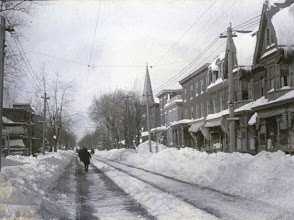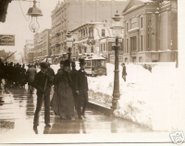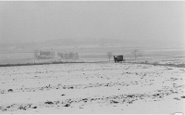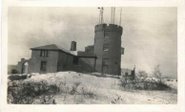Winter '09 / '10 - Planalytics
Jim Rouiller, Meteorologist:
*El Niño and NAO to drive weather pattern
*Generally cold start to winter, with milder finish
*Northeast to average normal temps, with swings and storms
*Midwest cold blasts expected early on, then turning milder
*Southern parts of the country generally cooler
"There will be a cold start with a milder finish. Its really going to hit hard as we head into November.Reuters
[...]
"I also see a trend toward more storminess along the eastern seaboard this winter. I sense that in January the North Atlantic Oscillation will be negative which means that once blocking gets established over the north Atlantic it tends to relate to increased troughs over the East. That can mean periodic shots of very cold air and establish a storm trend, which means a higher snowstorm threat.
"The Northeast and Mid-Atlantic will average out close to normal, but it will be associated with radical temperature swings where we'll get a few days of extreme cold followed by milder air. We expect some very intense cold shots."
































